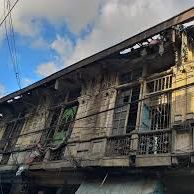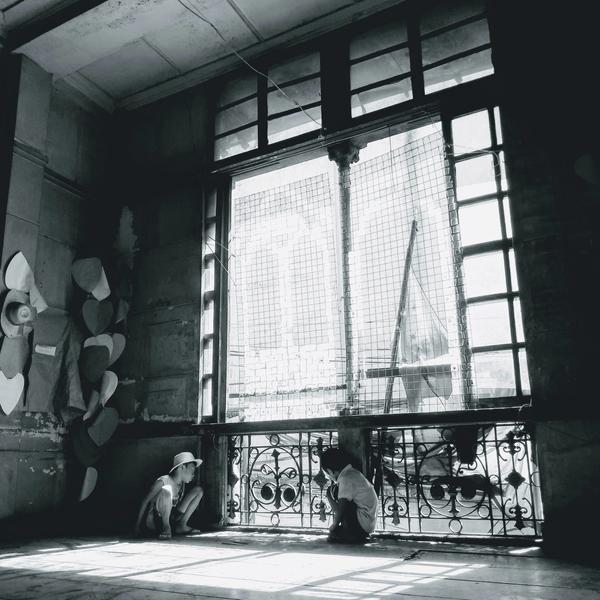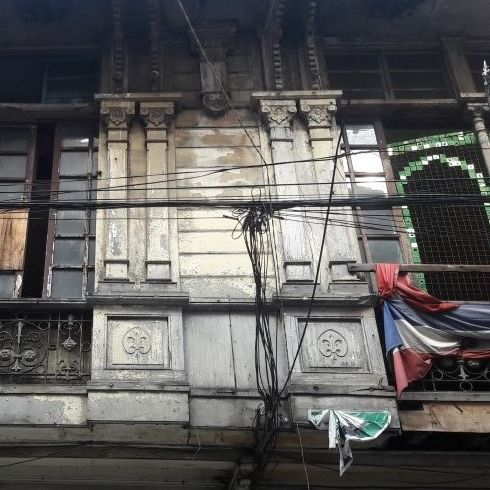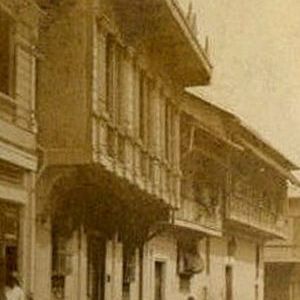
An old house in Quiapo, its long story waiting to be told





- 416 A. Bautista, Quiapo
- Not open to public
- Website
One-of-a-kind architecture

The Boix House is one of the few remaining examples of ‘Bulaklak sa Trellis’ architecture in Manila. This uniquely Filipino style was every bit as elaborate as the name suggests and you can see it in the pilasters, arches, corbels of carved fruit, and floral patterns in the iron work. The flower style came into fashion during the last years of the Spanish Colonial Period but disappeared when the Americans took over. Some other ‘Bulaklak sa Trellis’ were in South Manila and Intramuros district, but most were destroyed during World War II.
A house in transition
The Boix House has had many different lives. Its first owner was the family of Jose R. Teotico, a renowned poet, translator, and academician. The Teotico’s passed on the house to the Boix clan, settlers from Spanish Catalan. They then donated it to the Jesuits who converted it into a student dormitory for the Ateneo de Manila. The Dormitory closed in 2008 and since then, the house has been inhabited by informal settlers. The downstairs floors were used by different business establishments like the well-liked Feng Cheong & Sons, a printing press that published a daily paper in the post-independence years. But with the downturn in the district the more illustrious tenants moved out and replaced by a photo & video studio and a betting station of the Manila Jockey Club. When former Philippine President Manuel Quezon was a student attending law school, he lived here in the Boix house dormitory.
Conservation crusade

The beautiful Boix house became the headquarters of Kapitbahayan sa Kalye Bautista atbp. (KKB), a local youth group campaigning for the renovation of the property and the house has since become a community hub for the revival of the neighbourhood. They managed to get the Boix House on the 2016 World Monuments Fund Watch List and organised a Watch Day with exhibitions, an art installation, a street fair and performances.
